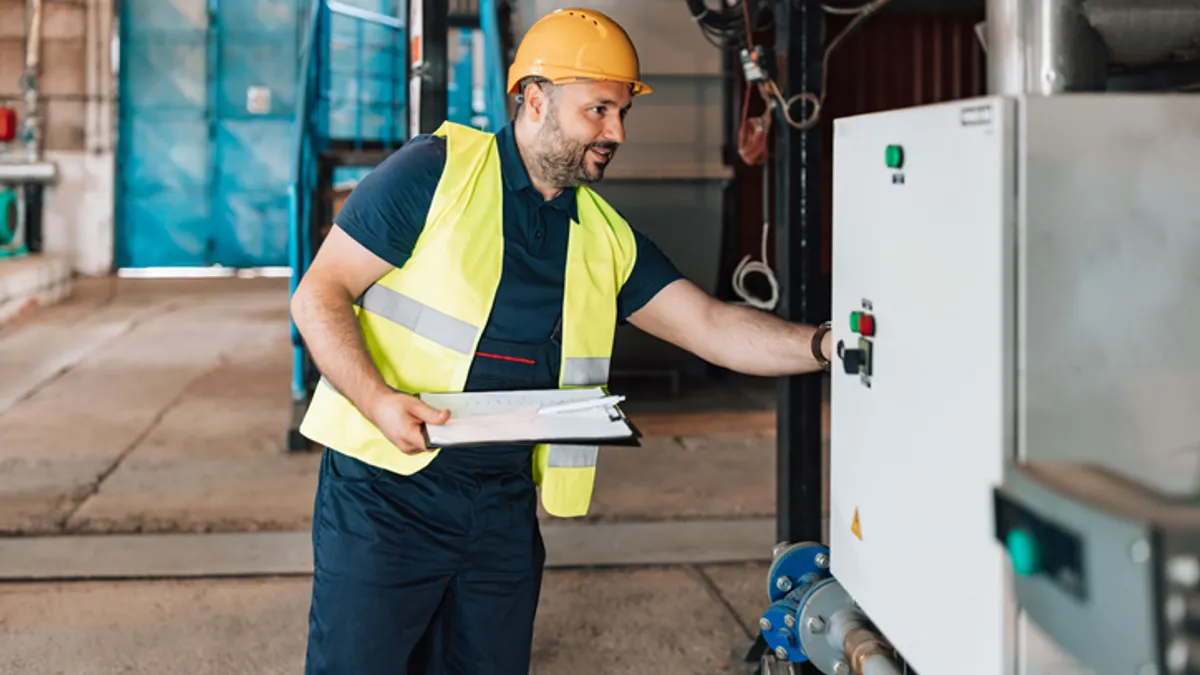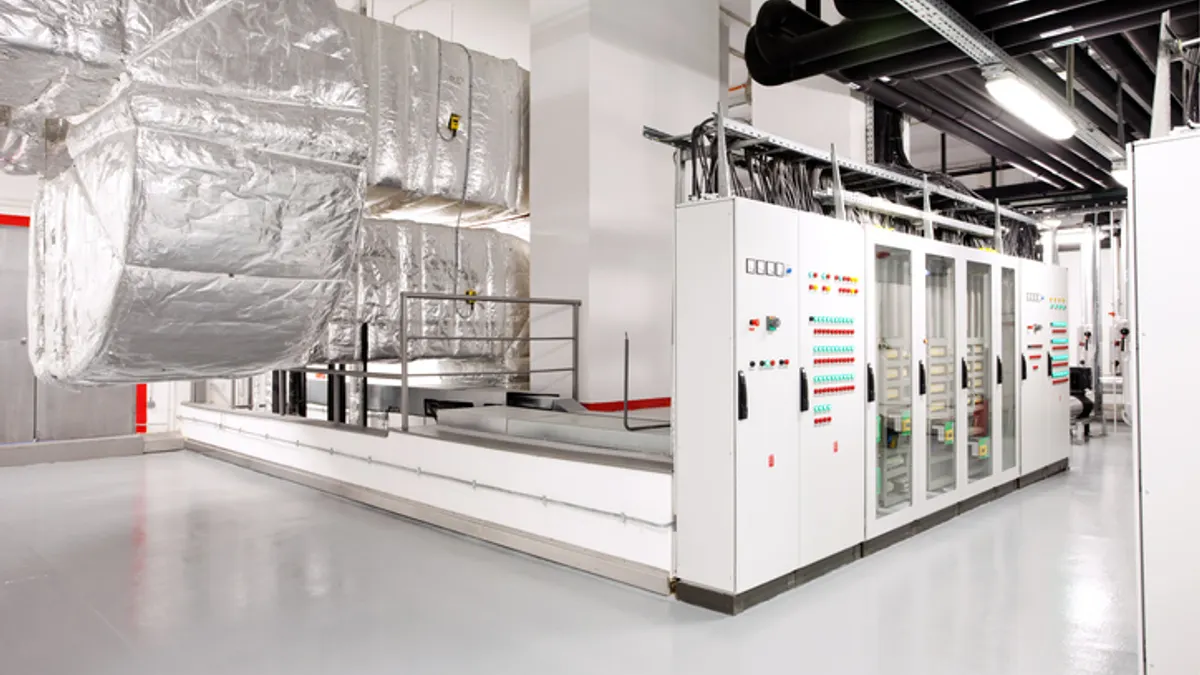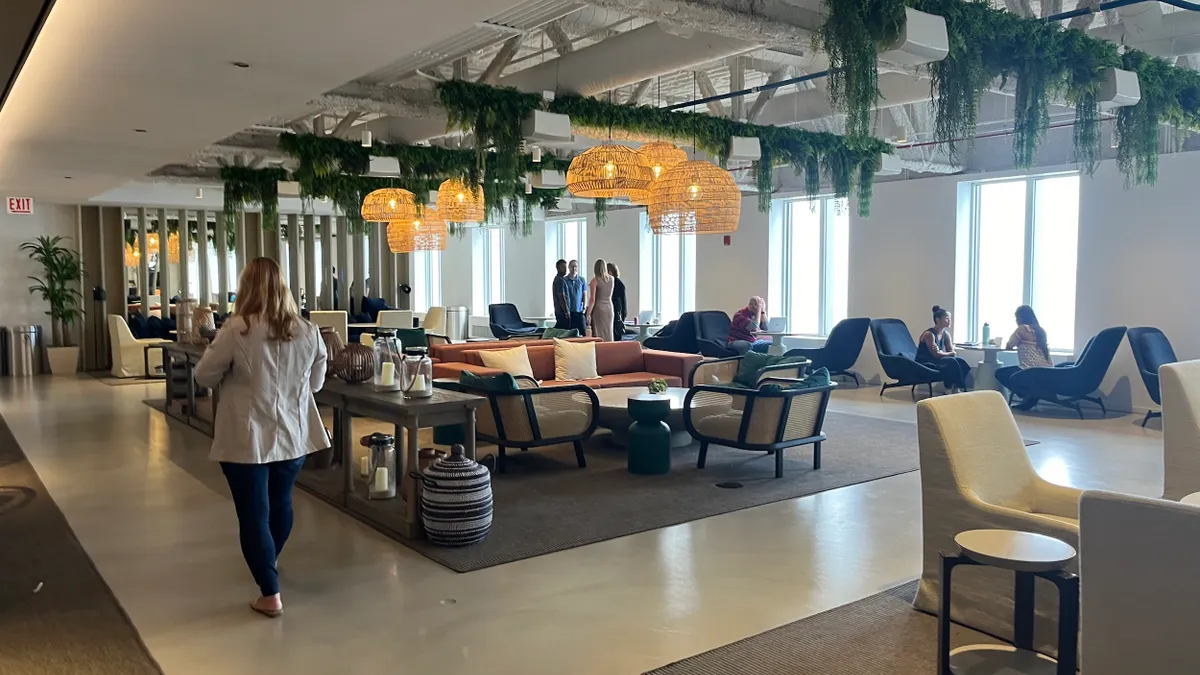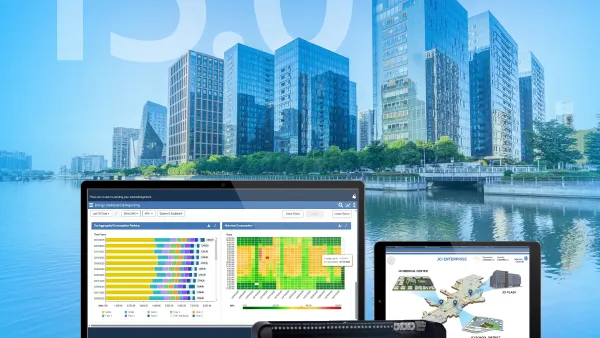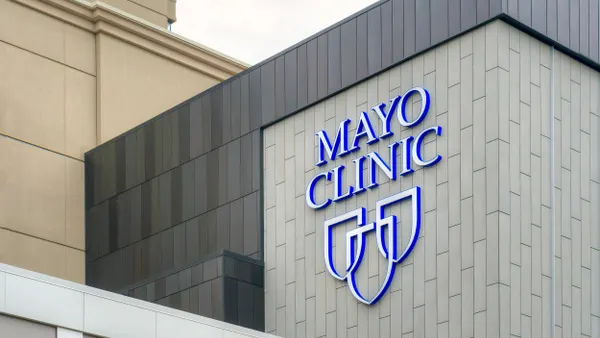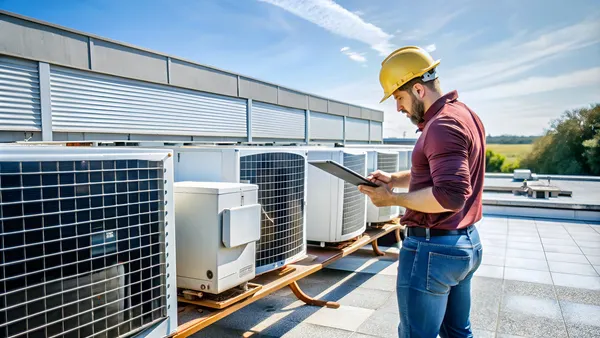Dive Brief:
- Electric utilities’ growing use of demand response programs to stabilize the power grid represents a cost- and labor-saving opportunity for building owners, particularly multifamily and hotels, according to a whitepaper released last month.
- In demand response programs, utilities give building operators an incentive to reduce energy use during peak load periods. Buildings can significantly reduce the labor burden of participating in the programs by automating their systems, HVAC optimization company Parity said in the report.
- By enabling seamless demand response participation, HVAC automation can meaningfully cut buildings’ electricity costs at a time when utility rate increases are outpacing the rate of inflation, Parity said. The U.S. Energy Information Administration expects retail electricity prices to rise 13% from 2022 to 2025.
Dive Insight:
Parity’s report lays out a road map for property owners to transform their facilities into “grid-interactive efficient buildings” that are better positioned to use energy more efficiently and make it easier for operators to participate in utility demand response programs.
Technologies that support grid-interactive efficient buildings — occupancy-sensing lighting and HVAC controls, for example — are increasingly common in offices and other types of commercial buildings, Parity said. In multifamily buildings and hotels, the same tools can reduce lighting waste, HVAC load and other power uses in common areas and rooms.
Utility-led demand response programs have historically involved blunt measures like remotely cutting off service to energy-intensive HVAC systems, or less reliable alternatives like asking facility managers to turn down or deactivate equipment. Those requests may not come until a few hours before an event is scheduled to start, if not closer, Parity said.
That picture is changing as utilities move toward more sophisticated programs that leverage virtual power plants, or VPP, which supporters say could reduce peak electric load nationwide by 10% to 20% within a few years. As data centers and building HVAC electrification boost demand for electricity, demand response and VPP programs are among the fastest, lowest-cost options for adding capacity to the grid, enabling the generation of new capacity in a matter of months rather than the several years it takes to build a gas-fired power plant.
Automated HVAC controls improve virtual power plants’ reliability by ensuring that the systems respond when the utility needs them to. That’s especially important for thinly staffed hotels and multifamily buildings whose onsite operations and maintenance personnel often lack the technical skills to fine-tune HVAC or building management systems, or who are reluctant to compromise guests’ comfort, Parity said.
More sophisticated solutions like remote HVAC optimization services, a space Parity competes in, can reduce onsite workloads by 80% to 90% during demand response, the company says. These solutions are also more effective at shifting HVAC power loads while maintaining comfort, such as by pre-cooling interiors in the morning before scheduled demand response events in the afternoon and evening, Parity says.
“Automating demand response turns what was once a reactive, manual process into a seamless, high-value capability,” Brad Pilgrim, CEO and co-founder of Parity, said in a statement.
Automation can also save building owners money. Heating, cooling and ventilation account for about 40% of total energy costs in the commercial sector, according to a 2023 paper on AI-driven approaches to HVAC optimization by Clemson University researchers, meaning reductions in use can quickly produce financial benefits.
Additionally, utilities compensate customers for reliable participation in demand response events, providing meaningful revenue for operators. In its report, Parity said it earned customers more than $250,000 across 30 properties in 2024. More broadly, the company says its HVAC remote optimization service can reduce utility costs by up to 30%.

